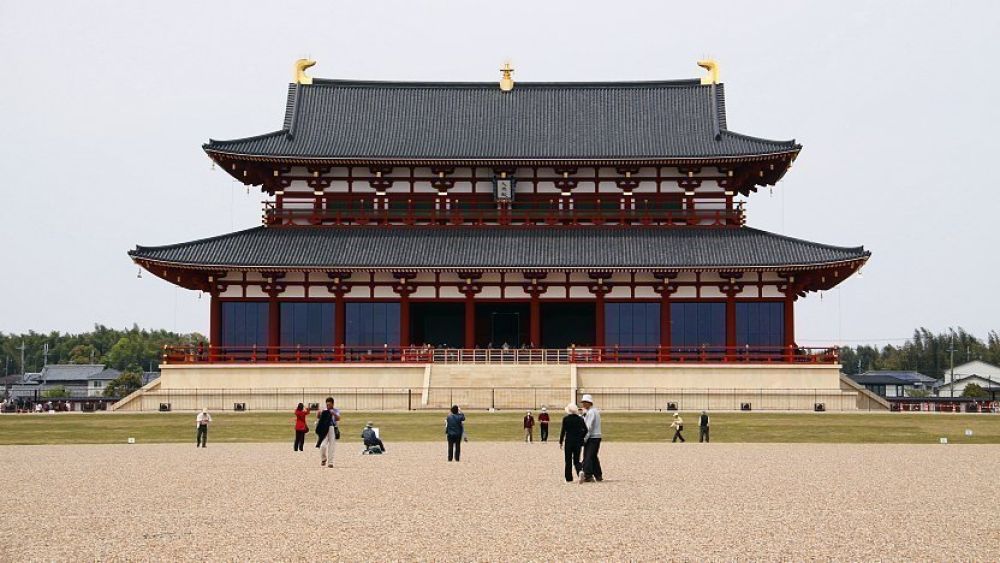

Nestled in the heart of Nara, the ancient capital of Japan, lies the Heijo Palace Site, a place of significant historical and cultural importance. Nara served as Japan's capital from 710 to 784, known then as Heijo-kyo, and the palace was the heart of the city. The site represents the flourishing era of the Nara period, where it stood as the center of politics, culture, and religion.
Heijo Palace Site began attracting visitors since its rediscovery and excavations in the late 19th and early 20th centuries. Tourism, however, started to gain greater momentum after World War II, with a growing interest in Japan’s cultural assets. As part of Nara, which was designated a UNESCO World Heritage site in 1998, Heijo Palace has experienced a steady increase in both domestic and international visitors keen to experience the extensive historical riches that the site offers.
In the twentieth century, government-led efforts restored and reconstructed several buildings, including the Daigokuden (Audience Hall) and the Suzakumon Gate, vital components that provide visitors a glimpse into the 8th-century imperial compound. Additionally, the surrounding park offers a tranquil setting for contemplation of the past.
Tourism trends at the Heijo Palace Site have evolved over the years. The rise of cultural tourism has seen a more knowledgeable and engaged visitor approaching such historic sites. Special exhibitions, interactive museums, and annual events like the Nara Tokae, a festival of lights, have been significant in bringing a higher number of tourists and enhancing their overall experience.
Virtual reality experiences and smartphone apps now allow visitors to envision the palace in its former glory, catering to a tech-savvy generation. The focus on sustainable tourism practices is also evident, with efforts to preserve the natural and historical integrity of the site.
Looking forward, Heijo Palace Site is set to continue as a premier destination for those interested in Japan's rich history. Educational programs for students and interactive tours are in development, aiming to deepen the understanding and appreciation of the historical significance of the place. With the rise of experience-based tourism, tourists are likely to witness more immersive experiences in the years to come, such as reenactments and cultural workshops showcasing ancient Japanese life and traditions.
The significance of Heijo Palace Site in understanding Japan's cultural history cannot be overstated. As tourism adapts to new global trends and technologies, the Heijo Palace Site continually finds new ways to offer its time-honored treasures to a world eager to explore the depths of Nara's ancient history.